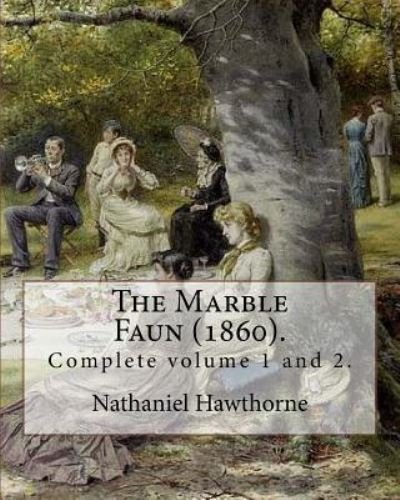
Tell your friends about this item:
The Marble Faun (1860). By
Nathaniel Hawthorne
The Marble Faun (1860). By
Nathaniel Hawthorne
The Marble Faun: Or, The Romance of Monte Beni, also known by the British title Transformation, was the last of the four major romances by Nathaniel Hawthorne, and was published in 1860. The Marble Faun, written on the eve of the American Civil War, is set in a fantastical Italy. The romance mixes elements of a fable, pastoral, gothic novel, and travel guide. Characters[edit] This romance focuses on four main characters: Miriam, Hilda, Kenyon, and Donatello. Miriam is a beautiful painter with an unknown past. Throughout the novel, she is compared to many other women including Eve, Beatrice Cenci, Judith, and Cleopatra. Miriam is pursued by a mysterious, threatening man who is her "evil genius" through life. Hilda is an innocent copyist. She is compared to the Virgin Mary and the white dove. Her simple, unbendable moral principles can make her severe in spite of her tender heart. Miriam and Hilda are often contrasted. Kenyon is a sculptor who represents rationalist humanism. He cherishes a romantic affection towards Hilda. Donatello, the Count of Monte Beni, is often compared to Adam and is in love with Miriam. Donatello amazingly resembles the marble Faun of Praxiteles, and the novel plays with the characters' belief that the Count may be a descendant of the antique Faun. Hawthorne, however, withholds a definite statement even in the novel's concluding chapters and postscript...................... Nathaniel Hawthorne ( born Nathaniel Hathorne; July 4, 1804 - May 19, 1864) was an American novelist, dark romantic, and short story writer. He was born in 1804 in Salem, Massachusetts to Nathaniel Hathorne and the former Elizabeth Clarke Manning. His ancestors include John Hathorne, the only judge involved in the Salem witch trials who never repented of his actions. He entered Bowdoin College in 1821, was elected to Phi Beta Kappa in 1824, and graduated in 1825. He published his first work in 1828, the novel Fanshawe; he later tried to suppress it, feeling that it was not equal to the standard of his later work. He published several short stories in periodicals, which he collected in 1837 as Twice-Told Tales. The next year, he became engaged to Sophia Peabody. He worked at the Boston Custom House and joined Brook Farm, a transcendentalist community, before marrying Peabody in 1842. The couple moved to The Old Manse in Concord, Massachusetts, later moving to Salem, the Berkshires, then to The Wayside in Concord. The Scarlet Letter was published in 1850, followed by a succession of other novels. A political appointment as consul took Hawthorne and family to Europe before their return to Concord in 1860. Hawthorne died on May 19, 1864, and was survived by his wife and their three children. Much of Hawthorne's writing centers on New England, many works featuring moral metaphors with an anti-Puritan inspiration. His fiction works are considered part of the Romantic movement and, more specifically, dark romanticism. His themes often center on the inherent evil and sin of humanity, and his works often have moral messages and deep psychological complexity. His published works include novels, short stories, and a biography of his college friend Franklin Pierce, the 14th President of the United States...............
| Media | Books Paperback Book (Book with soft cover and glued back) |
| Released | February 4, 2018 |
| ISBN13 | 9781985065123 |
| Publishers | Createspace Independent Publishing Platf |
| Pages | 238 |
| Dimensions | 203 × 254 × 13 mm · 480 g |
| Language | English |
More by Nathaniel Hawthorne
Others have also bought
See all of Nathaniel Hawthorne ( e.g. Paperback Book , Hardcover Book , Book , CD and MP3-CD )

 Christmas presents can be returned until 31 January
Christmas presents can be returned until 31 January



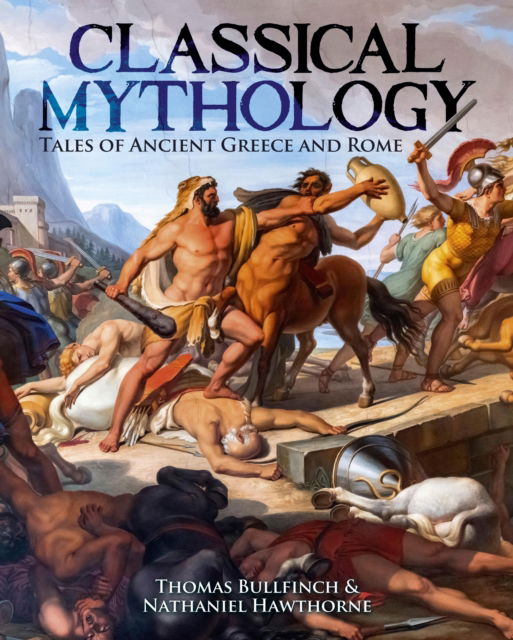















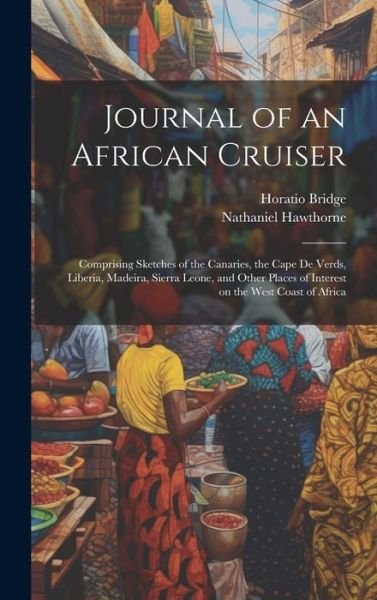




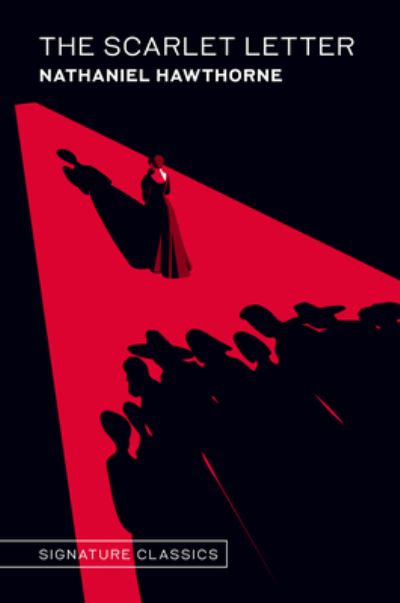
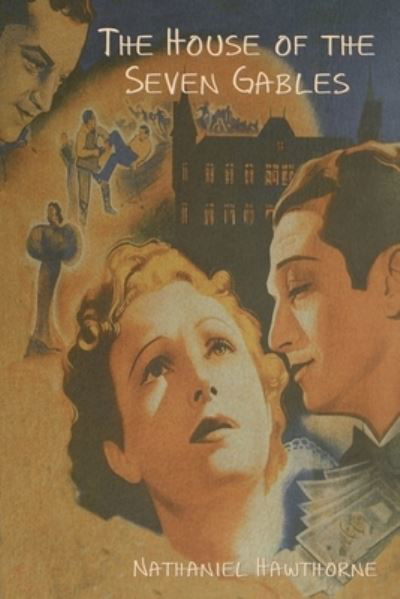
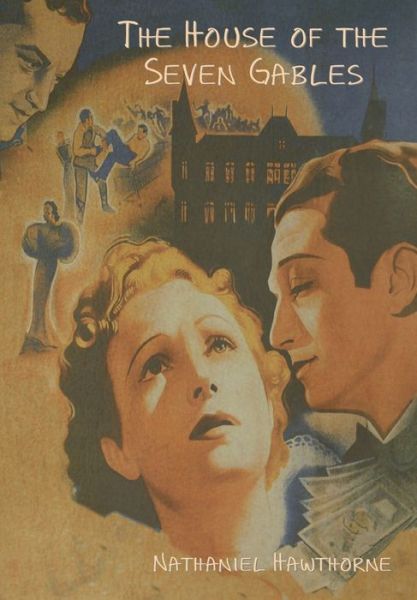




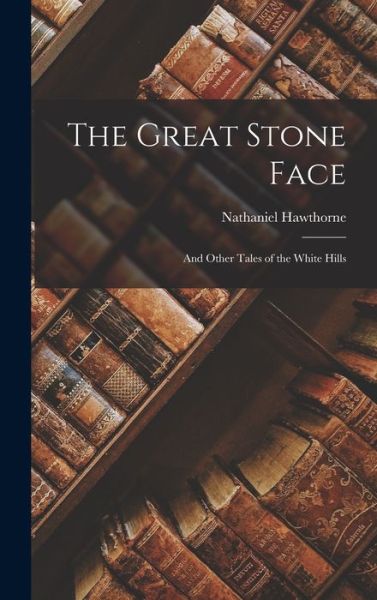


![Cover for Publius Vergilius Maro · Multivers Klassiker: Vergils hyrdedigte (Bound Book) [1st edition] [Indbundet] (2013)](https://imusic.b-cdn.net/images/item/original/620/9788779173620.jpg?publius-vergilius-maro-2013-multivers-klassiker-vergils-hyrdedigte-bound-book&class=scaled&v=1383433206)
![Cover for Jane Austen · Stolthed og fordom (Bound Book) [5th edition] (2015)](https://imusic.b-cdn.net/images/item/original/608/9788711449608.jpg?jane-austen-2015-stolthed-og-fordom-bound-book&class=scaled&v=1435069150)
![Cover for Michel Houellebecq · Lanzarote (Sewn Spine Book) [1st edition] (2021)](https://imusic.b-cdn.net/images/item/original/136/9788794024136.jpg?michel-houellebecq-2021-lanzarote-sewn-spine-book&class=scaled&v=1634190407)
![Cover for Jane Austen · Fornuft og følelse (Bound Book) [1st edition] (2016)](https://imusic.b-cdn.net/images/item/original/748/9788711448748.jpg?jane-austen-2016-fornuft-og-foelelse-bound-book&class=scaled&v=1456431654)
![Cover for Evelyn Waugh · Gensyn med Brideshead (Sewn Spine Book) [1st edition] (2021)](https://imusic.b-cdn.net/images/item/original/776/9788771836776.jpg?evelyn-waugh-2021-gensyn-med-brideshead-sewn-spine-book&class=scaled&v=1616426121)
![Cover for Selskabet til Historiske Kildeskrifters Oversættel: Æsopromanen (Sewn Spine Book) [1st edition] (2003)](https://imusic.b-cdn.net/images/item/original/561/9788772897561.jpg?2003-selskabet-til-historiske-kildeskrifters-oversaettel-aesopromanen-sewn-spine-book&class=scaled&v=1325372409)
![Cover for Michel Houellebecq · At holde sig i live og andre tekster (Sewn Spine Book) [1st edition] (2020)](https://imusic.b-cdn.net/images/item/original/006/9788794024006.jpg?michel-houellebecq-2020-at-holde-sig-i-live-og-andre-tekster-sewn-spine-book&class=scaled&v=1599147003)
![Cover for Pauline Réage · O's historie og O vender tilbage. (Bound Book) [1st edition] [Indbundet] (2013)](https://imusic.b-cdn.net/images/item/original/721/9788763817721.jpg?pauline-reage-2013-o-s-historie-og-o-vender-tilbage-bound-book&class=scaled&v=1399548311)
![Cover for Pausanias · Beskrivelse af Grækenland (Hardcover Book) [1st edition] (2022)](https://imusic.b-cdn.net/images/item/original/980/9788763546980.jpg?pausanias-2022-beskrivelse-af-graekenland-hardcover-book&class=scaled&v=1651179830)
![Cover for Michel Foucault · Klassikere: Sindssygdom og psykologi (Sewn Spine Book) [3rd edition] (2019)](https://imusic.b-cdn.net/images/item/original/780/9788741278780.jpg?michel-foucault-2019-klassikere-sindssygdom-og-psykologi-sewn-spine-book&class=scaled&v=1574414511)
![Cover for Henning Vinther Rasmussen · SOSU CARE: Naturfag 2 (Sewn Spine Book) [2nd edition] (2016)](https://imusic.b-cdn.net/images/item/original/510/9788712051510.jpg?henning-vinther-rasmussen-2016-sosu-care-naturfag-2-sewn-spine-book&class=scaled&v=1461230029)
![Cover for Jane Austen · Mansfield Park (Bound Book) [1st edition] (2019)](https://imusic.b-cdn.net/images/item/original/787/9788711553787.jpg?jane-austen-2019-mansfield-park-bound-book&class=scaled&v=1550062357)
![Cover for Jane Austen · Overtalelse (Bound Book) [1st edition] (2017)](https://imusic.b-cdn.net/images/item/original/756/9788711553756.jpg?jane-austen-2017-overtalelse-bound-book&class=scaled&v=1499542956)
![Cover for Jane Austen · Northanger Abbey (Bound Book) [1st edition] (2018)](https://imusic.b-cdn.net/images/item/original/718/9788711537718.jpg?jane-austen-2018-northanger-abbey-bound-book&class=scaled&v=1528061374)

![Cover for Michel Houellebecq · Interventioner (Sewn Spine Book) [1st edition] (2021)](https://imusic.b-cdn.net/images/item/original/150/9788794024150.jpg?michel-houellebecq-2021-interventioner-sewn-spine-book&class=scaled&v=1635096931)